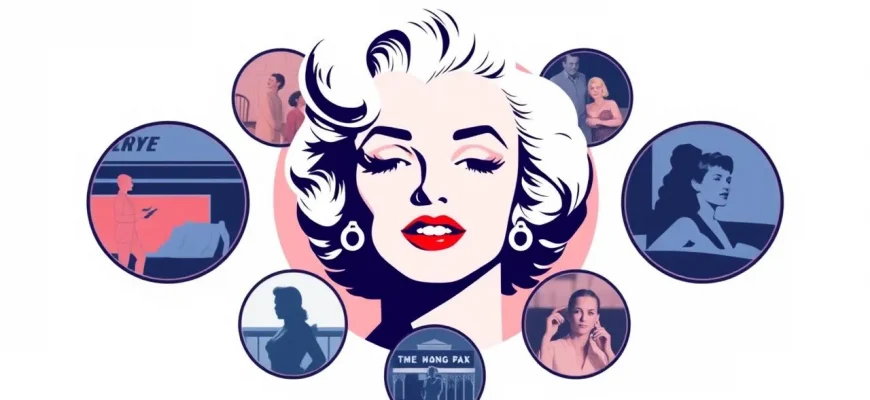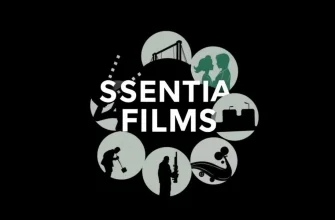Marilyn Monroe remains an enduring icon of Hollywood's golden age, known for her captivating beauty, magnetic screen presence, and tragic personal life. This curated selection of films not only highlights her most memorable performances but also offers insight into her range as an actress and the cultural impact she had. Each film in this collection provides a unique perspective on Monroe's career, making it a must-watch for fans and film enthusiasts alike.

Don't Bother to Knock (1952)
Description: In this psychological thriller, Monroe plays a disturbed babysitter, offering a rare glimpse into her dramatic acting capabilities. It's a film that contrasts sharply with her usual roles.
Fact: This was one of the few films where Monroe was allowed to explore a darker, more complex character, highlighting her range as an actress.
 Watch Now
Watch Now
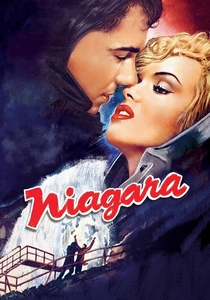
Niagara (1953)
Description: In this film noir, Monroe plays a femme fatale involved in a plot to murder her husband. It's one of her few roles where she plays a darker, more complex character, showcasing her versatility.
Fact: The film was shot on location at Niagara Falls, and Monroe's performance was critically acclaimed, earning her a Golden Globe nomination.
 Watch Now
Watch Now
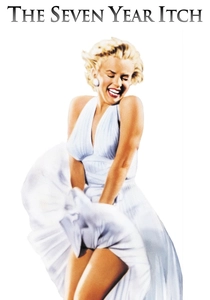
The Seven Year Itch (1955)
Description: This film is famous for the iconic scene where Monroe's white dress is blown up by the breeze from a passing subway train, becoming one of the most recognized images in cinema history. It captures Monroe at the height of her fame, playing a role that perfectly blends her comedic timing with her sex symbol status.
Fact: The famous subway grate scene was shot on location in New York City, causing a massive crowd to gather, and it was later recreated in a studio due to the chaos it caused.
 Watch Now
Watch Now
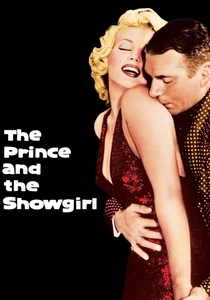
The Prince and the Showgirl (1957)
Description: Directed by and co-starring Laurence Olivier, this film allows Monroe to shine in a more dramatic role as a showgirl who captures the heart of a visiting prince. Her performance here shows her depth as an actress beyond the typical comedic roles.
Fact: Monroe and Olivier had a tumultuous relationship on set, with Monroe often clashing with Olivier's directing style.
 Watch Now
Watch Now
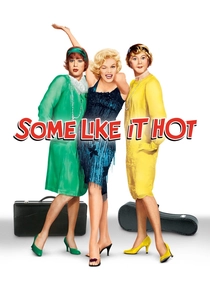
Some Like It Hot (1959)
Description: Often cited as one of the greatest comedies ever made, Monroe plays Sugar Kane Kowalczyk, a ukulele player and singer in an all-female band. Her performance, especially in the song "I Wanna Be Loved By You," is both comedic and poignant.
Fact: The film was initially banned in Kansas because of its cross-dressing theme, but it has since been recognized for its groundbreaking approach to gender roles.
 Watch Now
Watch Now

Let's Make Love (1960)
Description: Monroe stars opposite Yves Montand in this romantic comedy where she plays an actress who doesn't recognize Montand's character as the billionaire he is. Her performance is both charming and heartfelt.
Fact: The film features a number of musical numbers performed by Monroe, showcasing her singing talent.
 Watch Now
Watch Now
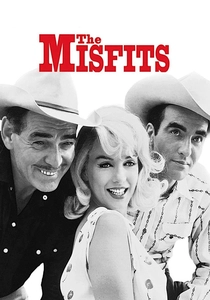
The Misfits (1961)
Description: Written by her then-husband Arthur Miller, this film was Monroe's last completed film. She plays a recently divorced woman who falls in love with a cowboy, offering a poignant look at her life and career.
Fact: The film was both a critical and commercial failure at the time but has since been reevaluated and is now considered a classic.
 Watch Now
Watch Now

Gentlemen Prefer Blondes (1953)
Description: Monroe stars alongside Jane Russell in this musical comedy, where she performs the iconic song "Diamonds Are a Girl's Best Friend." Her portrayal of Lorelei Lee showcases her comedic talents and her ability to charm audiences with her singing and dancing.
Fact: The film was a major success, and the song "Diamonds Are a Girl's Best Friend" has been referenced and parodied in numerous films and shows since.
 Watch Now
Watch Now
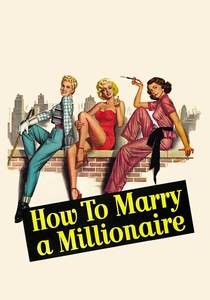
How to Marry a Millionaire (1953)
Description: Monroe, along with Betty Grable and Lauren Bacall, plays a gold-digger looking for a rich husband. This film showcases her ability to carry a film with her charm and comedic flair, making it a delightful watch.
Fact: The film was one of the first to be shot in CinemaScope, a widescreen process that became popular in the 1950s.
 30 Days Free
30 Days Free
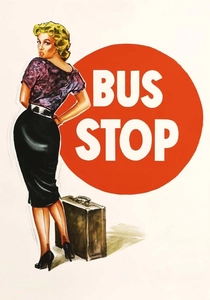
Bus Stop (1956)
Description: Monroe plays Cherie, a singer in a small-town bar, who is pursued by a naive cowboy. Her performance in this film is often praised for its emotional depth and for showing her ability to handle more serious roles.
Fact: This was one of the few films where Monroe was given the opportunity to act in a role that was not just about her looks.
 30 Days Free
30 Days Free

